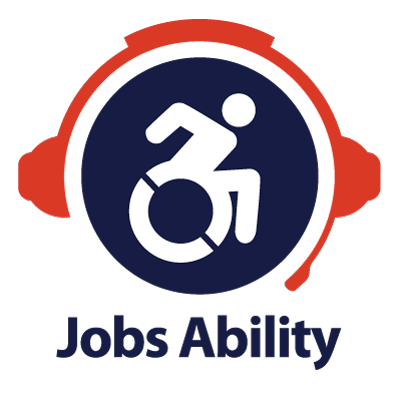Inspirational Speaker Doug Hamlin with Students
August 19, 2013New 503 Regulations and Your Business!
August 30, 2013HAVE YOU EVER CONSIDERED A CAREER AS A SUBSTANCE ABUSE COUNSELOR?
Did you know that there is a shortage of credentialed addiction counselors? Did you know that the average age of a credentialed counselor in New York State is 55 years old? This means that there will be a growth in job opportunities for caring people who want to make a difference in the lives of those struggling with addiction as addictions professionals retire and the demand for counselors increases. If you have ever considered becoming an addictions counselor or are currently working with chemically dependent people but are not yet credentialed, ACCA’s 350-Hour CASAC program can help you to become a NYS Credentialed Alcohol and Substance Abuse Counselor.
Since 2002, ACCA has worked directly with ACCES-VR (Adult Career and Continuing Education Services-Vocational Rehabilitation) to provide individuals with disabilities the opportunity to pursue a career in addictions counseling. ACCES-VR will work directly with ACCA to provide full tuition for the CASAC program to qualified individuals. Contact Jennifer Vitkus, Director of Community Education, to schedule your one-on-one consultation at (518) 465-5829 or jvitkus@theacca.net.
ACCA 350-HOUR CASAC PROGRAM STUDENT TESTIMONIALS:
I believe ACCA equipped me to empower people who have an addiction problem to get treatment and to help families as a whole to be successful.
–Gwenndolyn Thompson
ACCA 350-Hour credentialing course:
1. Top of the line teachers
2. Very detailed and broken down into segments.
3. Quick to answer any questions you may have about topics of CASAC credentialing.
4. Well organized.
5. Caring and genuine.
6. Always there to encourage you with there professional advice.
–Michael Fontaine
I found the 350-hour CASAC program perfect for the working individual. Even though I had a full-time job, the streamlined nature of the curriculum and set class schedule allowed me to complete the courses in 10 months. In addition, the interactive nature of the classes, academic advisors and seasoned professors brought a full spectrum of knowledge as well as insight to the participants. I was fortunate to attain an internship as well as complete the review course. Bottom line: I passed the CASAC exam on the first try! I totally endorse this program.
–Jack Daley Jr.
The CASAC course was one of the best decisions I made as far as education. I found my niche and I learned about my interests and found what suits me and my abilities as a person and potential counselor. One must be dedicated and want to acquire learning in order to be successful within the program. I am glad I made the decision to obtain my CASAC from ACCA—it’s a really rewarding career.
–Jessica Carmel
WEB RESOURCES:
• Here is the link for ACCA’s CASAC information:
http://www.theacca.net/programs-and-services/training-and-professional-development
• Here is the link for ACCA’s current calendar of trainings:
http://www.theacca.net/programs-and-services/training-and-professional-development/training-calendar-and-course-descriptions
• Here is a link from the Bureau of Labor Statistics on career outlook for substance abuse counselors:
http://www.bls.gov/ooh/community-and-social-service/substance-abuse-and-behavioral-disorder-counselors.htm#tab-6
• Here is a link about specific qualities for a substance abuse counselor, as well as other job information:
http://www.innerbody.com/careers-in-criminal-justice/how-to-be-a-substance-abuse-counselor.html
